Why the world's busiest shipping routes are under threat
Political tensions, mega ships and global warming offer new challenges – and opportunities
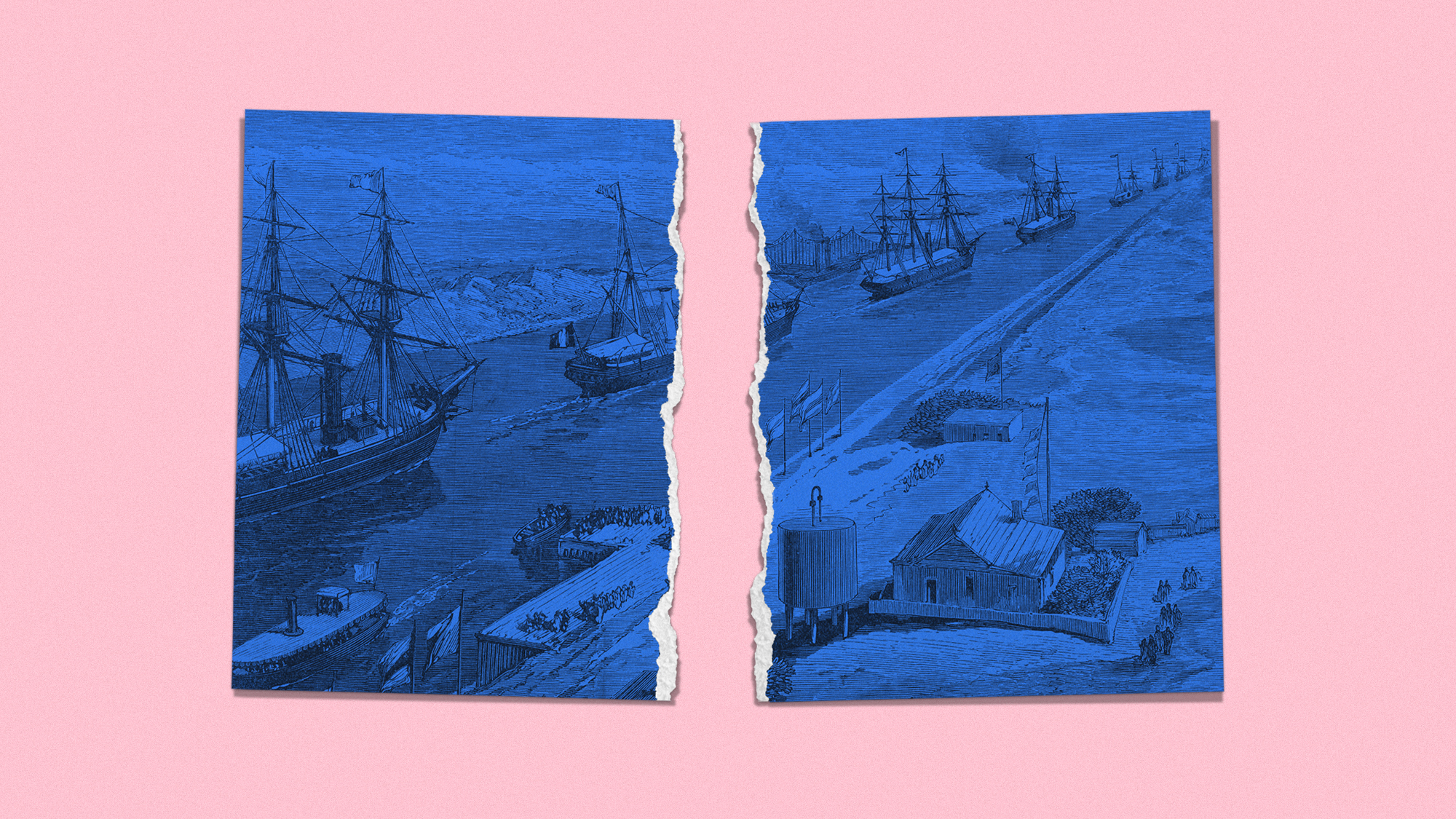
Why go around when you can go through? For more than a century that has been the prevailing attitude when it comes to shipping goods around the world.
Now, a combination of geopolitical posturing, outdated capacity and changing weather patterns is threatening some of the world's most important maritime trade routes.
The Strait of Hormuz
Around one-fifth of the world's oil passes through the Strait of Hormuz each year, making the passage linking the Gulf to the Arabian Sea a vital economic and geo-strategic chokepoint.
The Week
Escape your echo chamber. Get the facts behind the news, plus analysis from multiple perspectives.

Sign up for The Week's Free Newsletters
From our morning news briefing to a weekly Good News Newsletter, get the best of The Week delivered directly to your inbox.
From our morning news briefing to a weekly Good News Newsletter, get the best of The Week delivered directly to your inbox.
But recent events in the region have shown how vulnerable it is to changing political headwinds. In response to last month's Israeli and US air strikes on Iran's nuclear facilities, Supreme Leader Ayatollah Ali Khamenei hinted he could close off the strait completely.
Were this to happen it would "trigger an oil price spike with a near immediate inflationary effect in the US and across the globe", said The Guardian. "But it would also be an act of dramatic economic self-harm" and likely draw an immediate response from the Gulf states who use the route to transport oil around the world. Closing it would also cause "significant harm" to China, which buys almost 90% of Iran's oil exports.
Suez Canal
The 120-mile long Suez Canal that connects the Mediterranean with the Red Sea is "both a maritime chokepoint and a vital waterway for global trade and energy security", said the Atlantic Council.
Between 12% and 15% of worldwide trade – and nearly a third of global container traffic – passes through the canal each year, worth an estimated $1 trillion in goods, according to the New Zealand Ministry of Foreign Affairs and Trade.
A free daily email with the biggest news stories of the day – and the best features from TheWeek.com
"Given its strategic role as the fastest sea route between Asia and Europe," said the Atlantic Council, any disruption "can have outsized impacts on global commerce and energy markets, which have occurred in recent years".
Since the start of the war in Gaza, Iranian-backed Houthi rebels in Yemen have ramped up attacks on ships in the Red Sea, which feeds into the Suez Canal. This forced many freight companies to detour around southern Africa, adding up to 10 days to journeys and putting further strain on already stretched supply chains.
The importance – and vulnerability – of the canal was laid bare in 2021, when the massive Ever Given container ship got stuck for six days, damming up worldwide shipping and freezing nearly $10 billion in trade per day.
It was a "worst-nightmare lesson in the perils of a new breed of mega-freighter operating in tight spaces", said The New York Times, and a "wake-up call" for the shipping industry, said Richard Meade, editor-in-chief of Lloyd's List, a maritime intelligence publication.
Panama Canal
Construction of the Panama Canal in the early 20th century transformed global trade and helped propel America to become the world's biggest economy. More than 100 years on and it is still a crucial artery servicing America's growth, with 40% of all US container traffic passing through annually.
The problem is that the canal is not wide or deep enough to take the new generation of container ships, meaning they have to make the arduous journey around the southern tip of South America.
In recent years, "El Niño-triggered drought" has "also slashed transits and left doubts about the canal's long-term viability", said The Interpreter.
What are the alternatives?
Increasing the capacity of the Panama Canal is impossible, but several alternatives ways to connect the Atlantic and Pacific Oceans are in the works.
The Nicaragua Canal project, which would be three times longer than the Panama Canal, is back in the frame, attracting interest from the US and China, said ABC in Australia.
"As volumes of cargo grow inexorably, alternative corridors like land bridges or 'dry canals' become more viable" and have the added benefit of being "cheaper and faster to build", said The Interpreter. Mexico's 190-mile Tehuantepec Interoceanic Corridor would connect the two oceans with airports, warehousing, industrial parks and other infrastructure.
Just as warmer weather is affecting waterways near the equator it is also opening up new routes at the poles. With some parts of the Arctic predicted to be ice-free during the summer within a decade, "military and commercial vessels, particularly from Russia, are stepping up activity in the region", said the Financial Times.
China has also begun branding itself as a "near-Arctic state", said the Wilson Center. It has "aggressively pursued access to the Northern Sea Route, deploying icebreakers, building partnerships with Russia and making investments to tap into Arctic trade lanes and natural resources.
"The implications are clear – China is securing alternative routes to bypass traditional Western-controlled shipping channels while simultaneously increasing its influence over global trade."
-
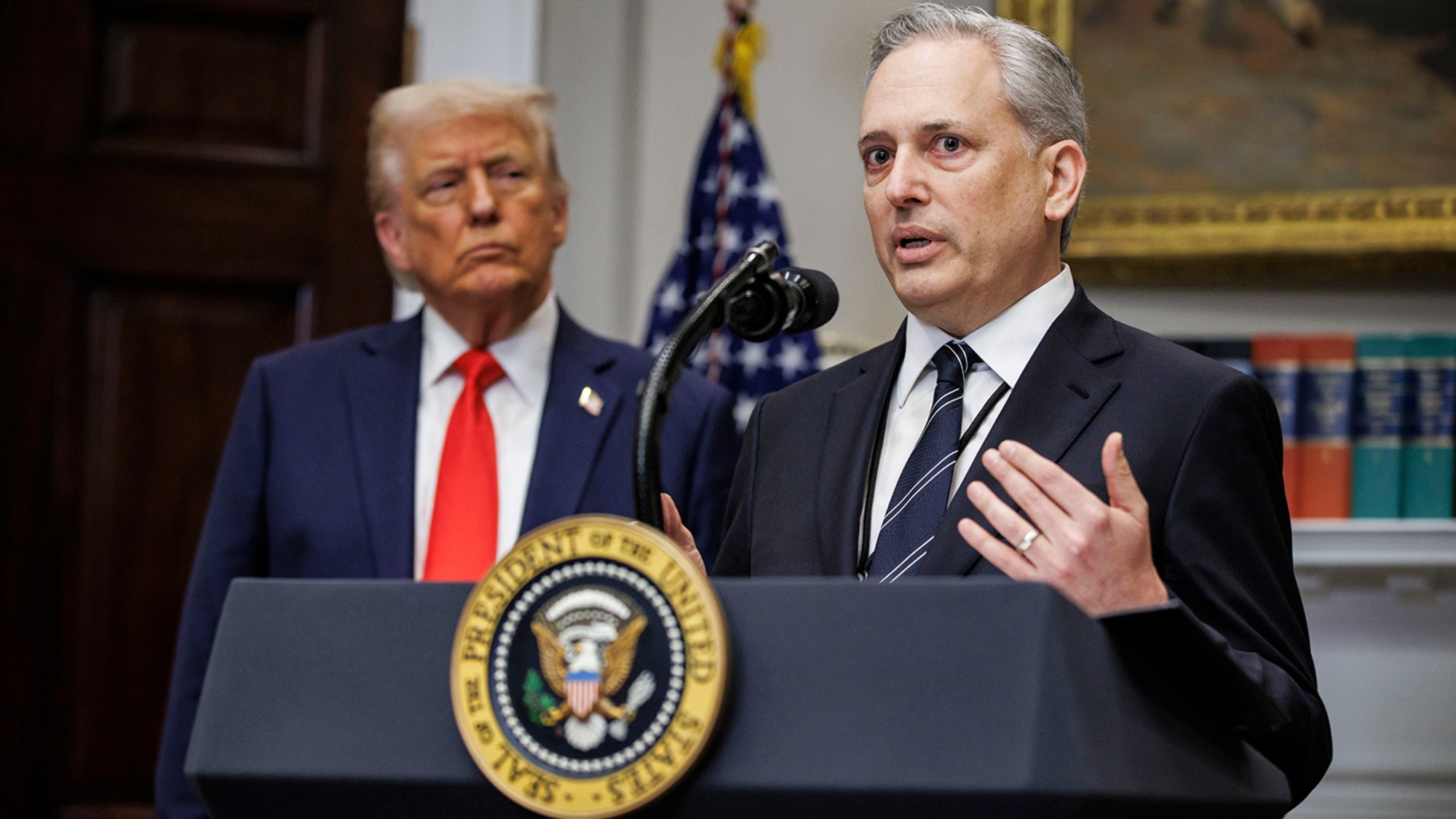 Trump vs. states: Who gets to regulate AI?
Trump vs. states: Who gets to regulate AI?Feature Trump launched a task force to challenge state laws on artificial intelligence, but regulation of the technology is under unclear jurisdiction
-
 Decking the halls
Decking the hallsFeature Americans’ love of holiday decorations has turned Christmas from a humble affair to a sparkly spectacle.
-
 Whiskey tariffs cause major problems for American distillers
Whiskey tariffs cause major problems for American distillersIn the Spotlight Jim Beam is the latest brand to feel the pain
-
 Tariffs have American whiskey distillers on the rocks
Tariffs have American whiskey distillers on the rocksIn the Spotlight Jim Beam is the latest brand to feel the pain
-
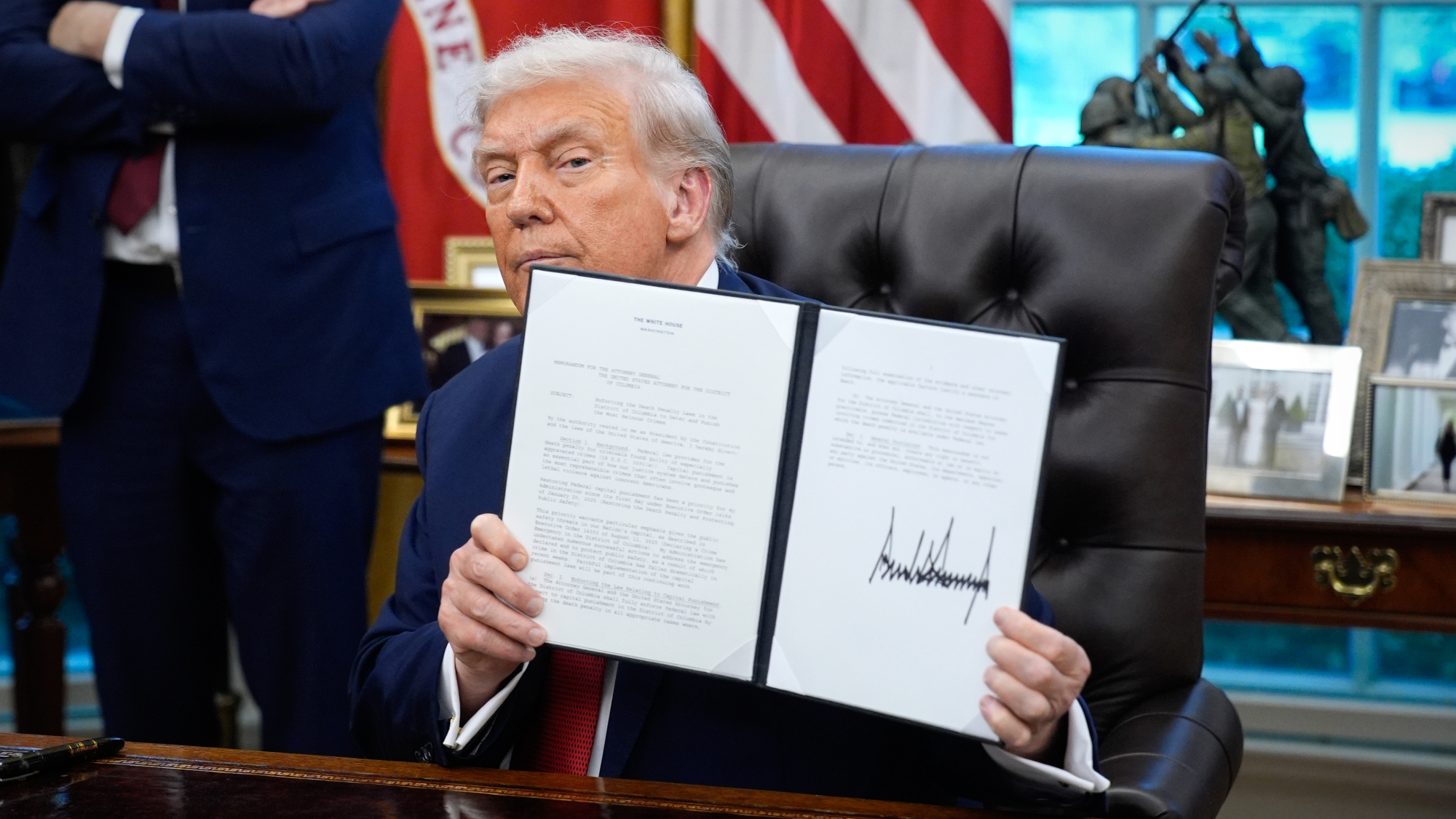 TikTok secures deal to remain in US
TikTok secures deal to remain in USSpeed Read ByteDance will form a US version of the popular video-sharing platform
-
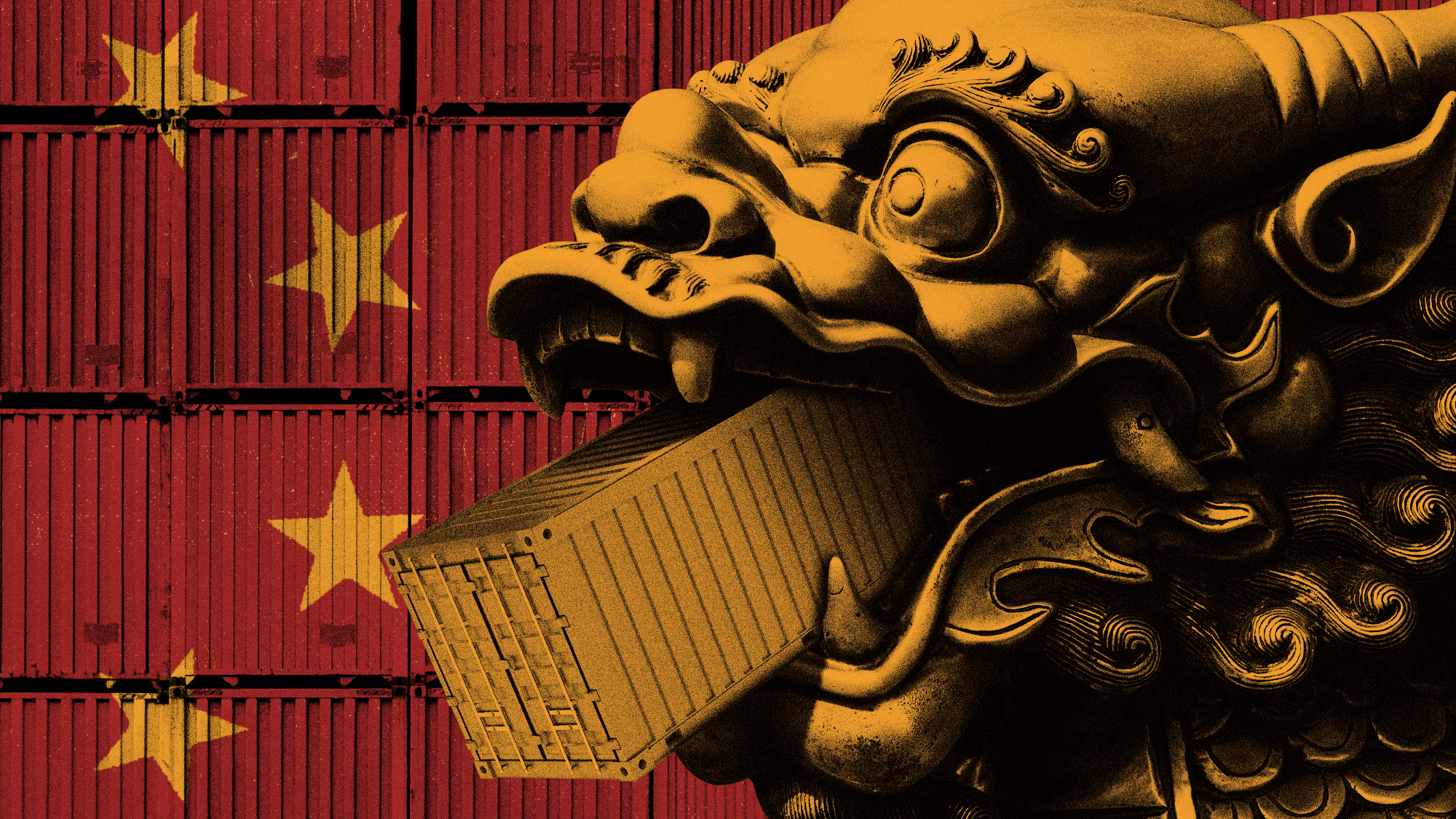 How will China’s $1 trillion trade surplus change the world economy?
How will China’s $1 trillion trade surplus change the world economy?Today’s Big Question Europe may impose its own tariffs
-
 Shein in Paris: has the fashion capital surrendered its soul?
Shein in Paris: has the fashion capital surrendered its soul?Talking Point Despite France’s ‘virtuous rhetoric’, the nation is ‘renting out its soul to Chinese algorithms’
-
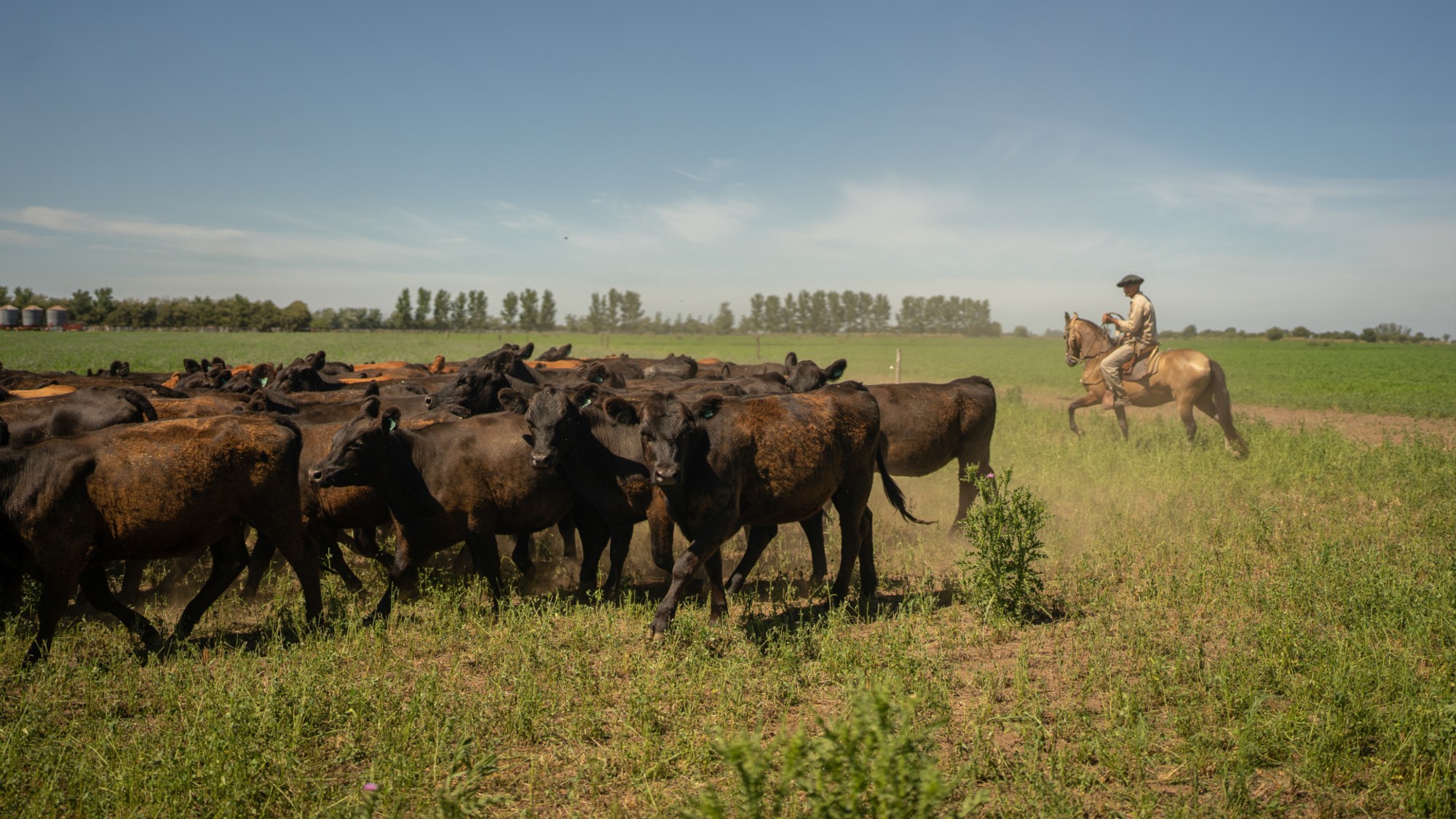 Argentinian beef is at the center of American farmers’ woes
Argentinian beef is at the center of American farmers’ woesThe Explainer ‘It feels like a slap in the face to rural America,’ said one farmer
-
 Will latest Russian sanctions finally break Putin’s resolve?
Will latest Russian sanctions finally break Putin’s resolve?Today's Big Question New restrictions have been described as a ‘punch to the gut of Moscow’s war economy’
-
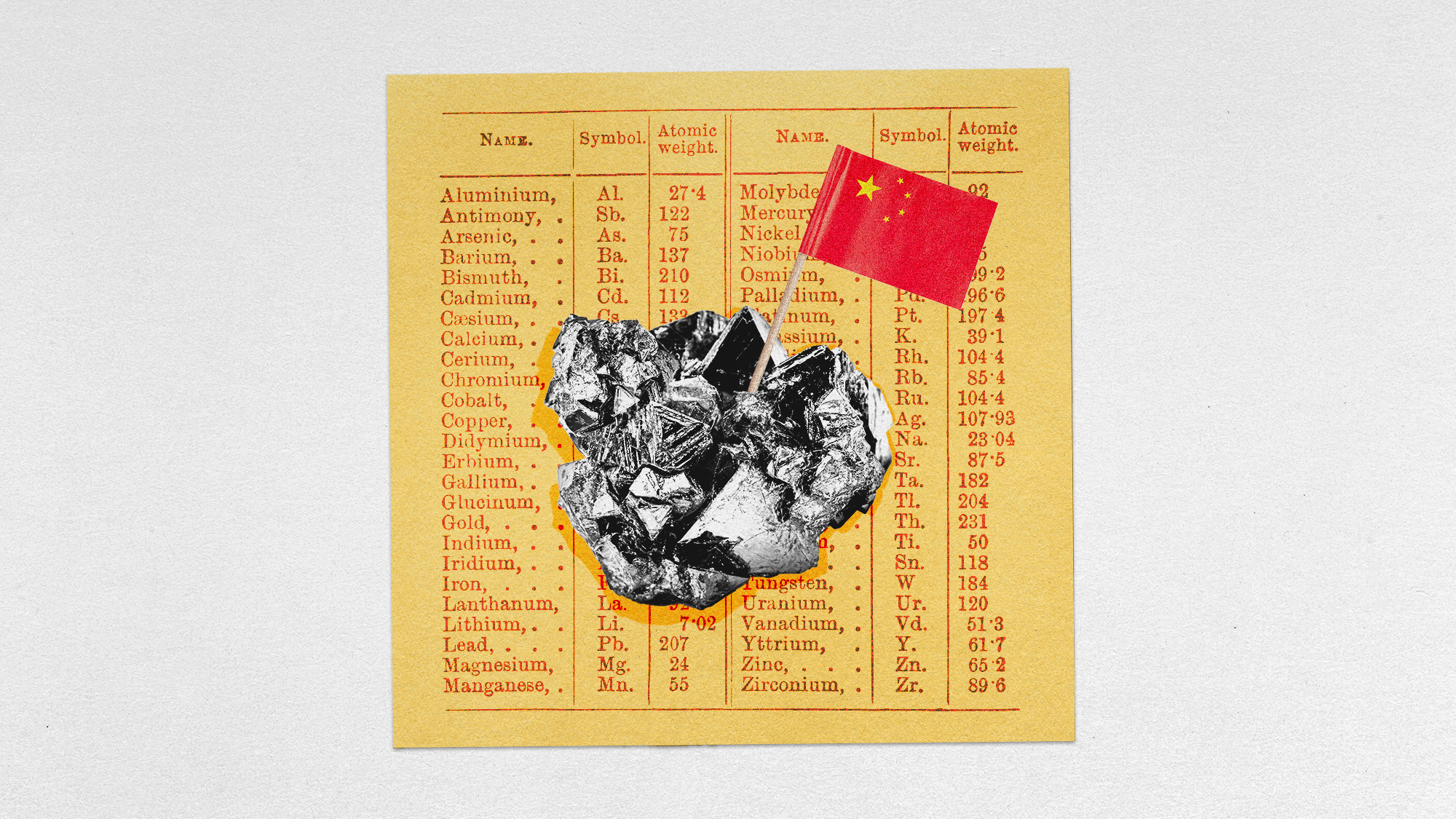 China’s rare earth controls
China’s rare earth controlsThe Explainer Beijing has shocked Washington with export restrictions on minerals used in most electronics
-
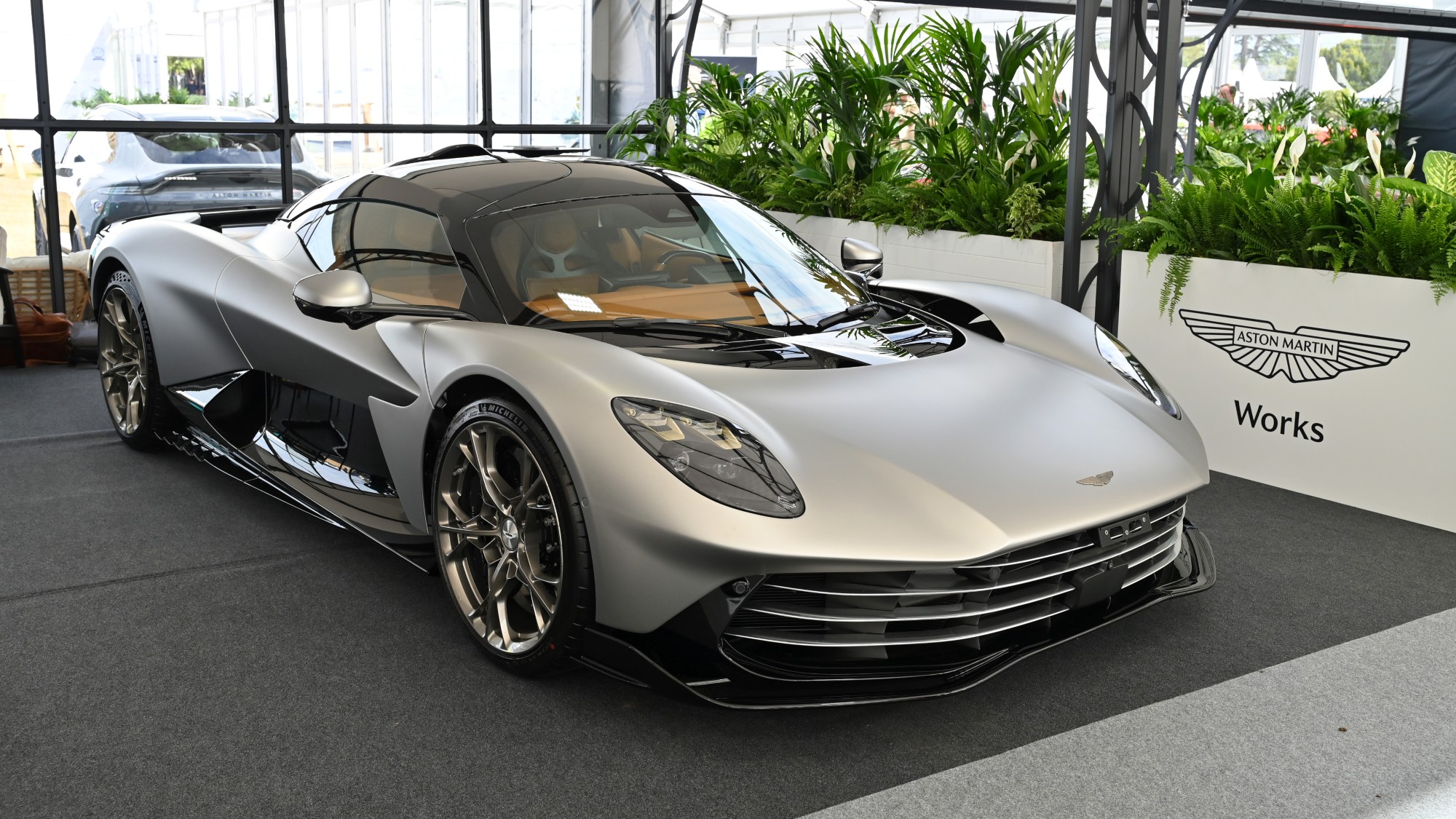 The struggles of Aston Martin: burning cash not rubber
The struggles of Aston Martin: burning cash not rubberIn the Spotlight The car manufacturer, famous for its association with the James Bond franchise, is ‘running out of road’